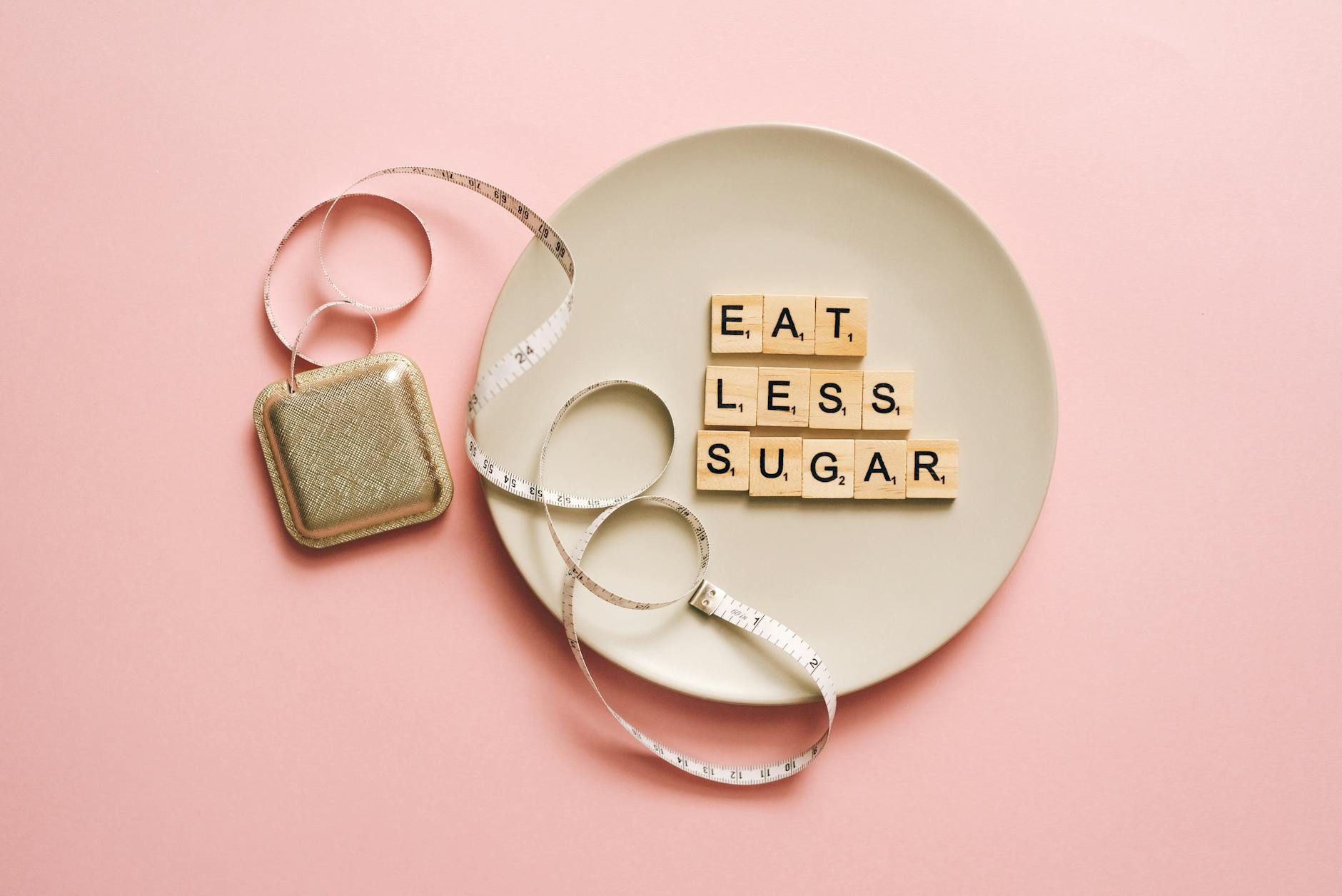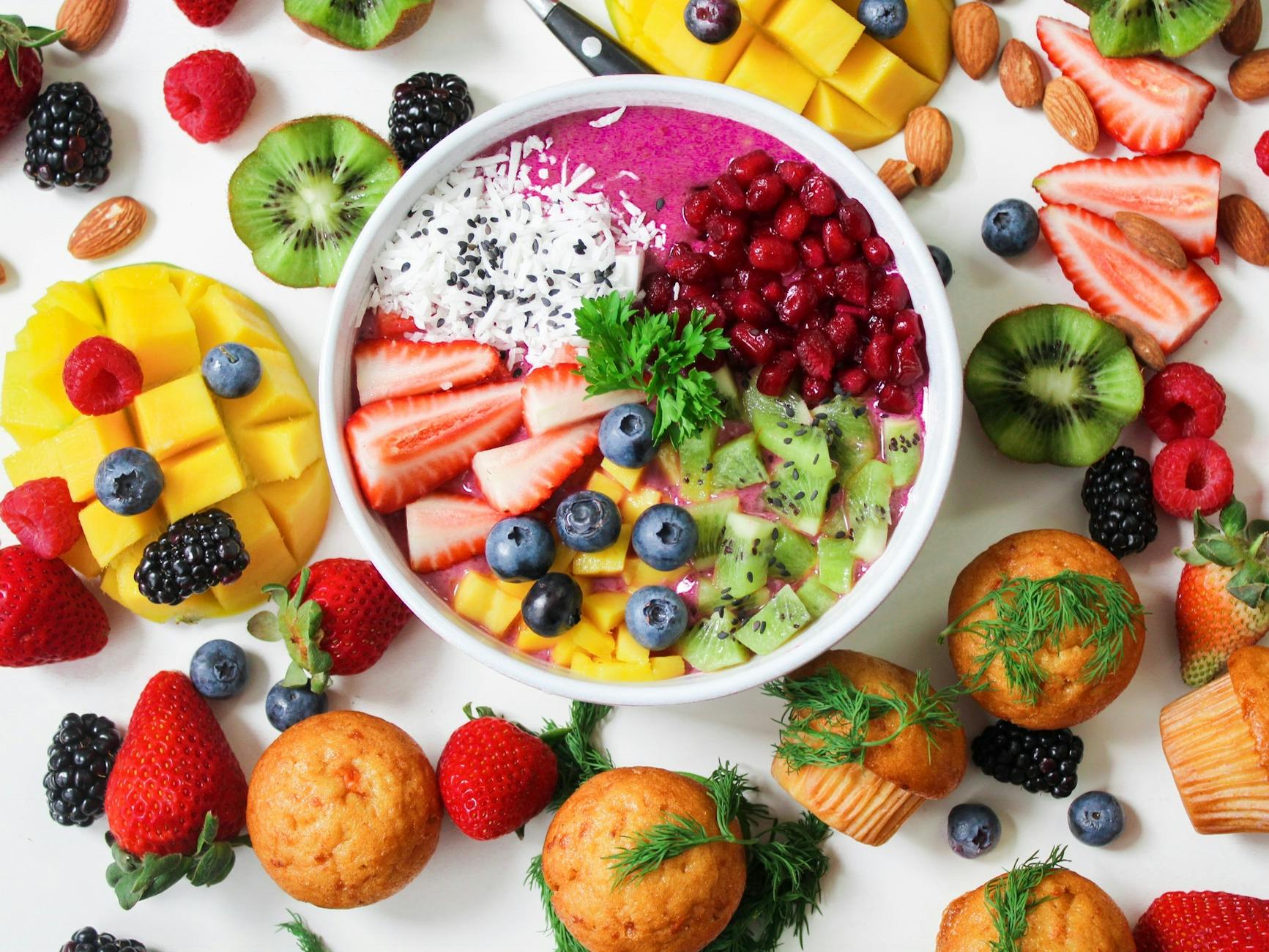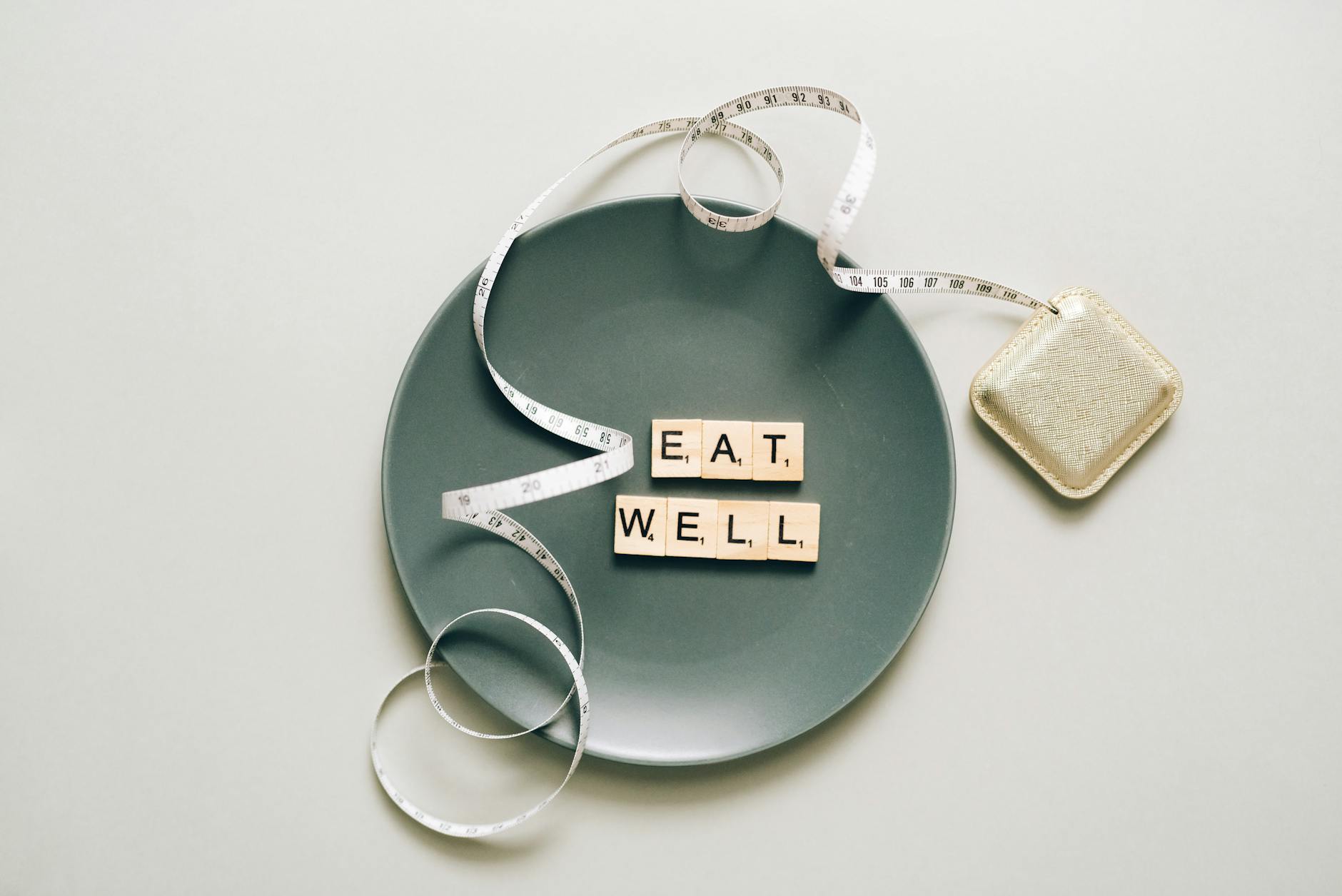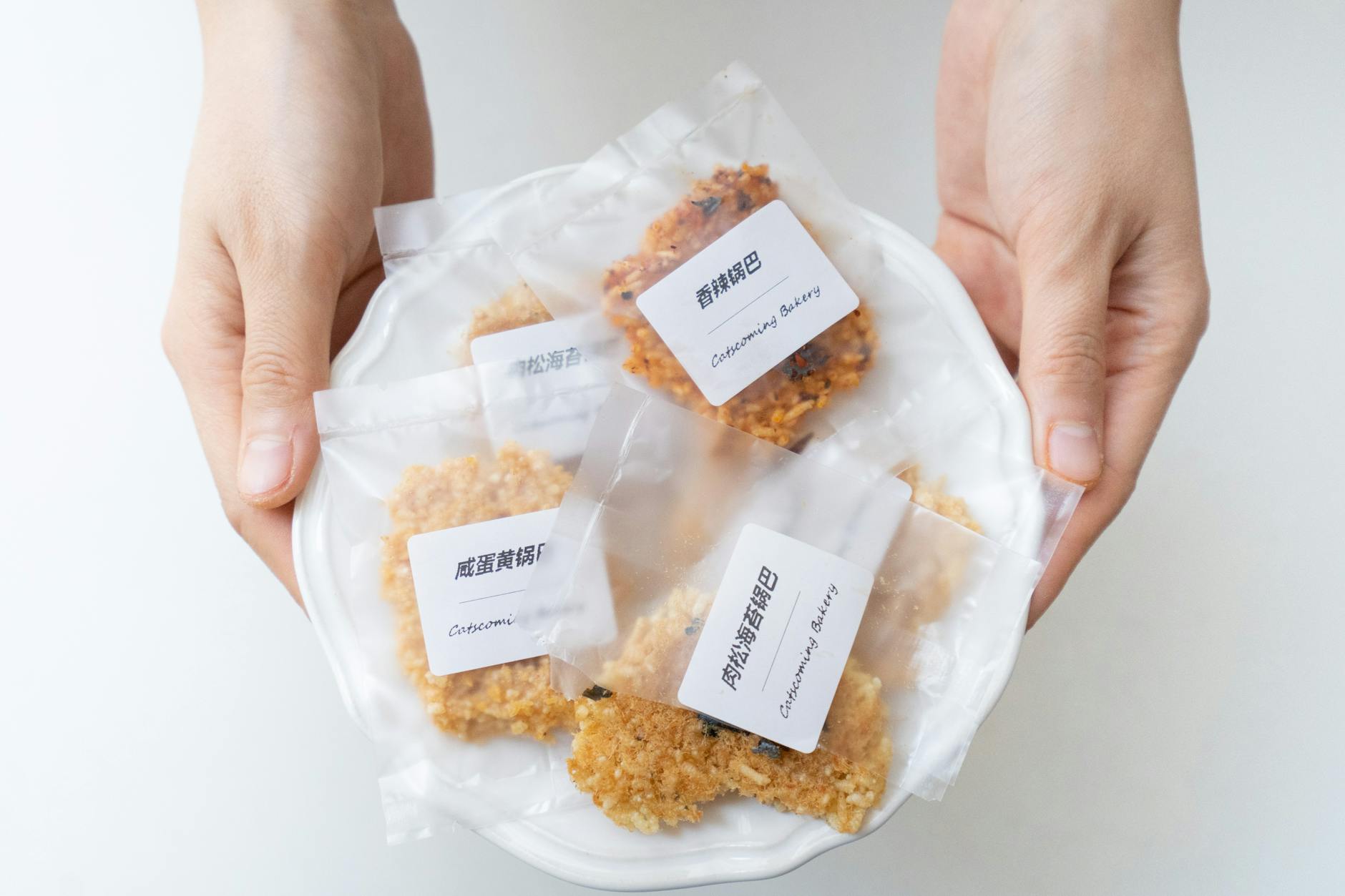
Are you struggling to cut back on sugar but fear feeling deprived? You’re not alone. In today’s world, where sugary treats are readily available and often irresistible, reducing sugar intake can seem like an uphill battle. But what if we told you there’s a way to slash your sugar consumption without sacrificing satisfaction?
Excessive sugar intake is linked to numerous health issues, from weight gain to increased risk of diabetes and heart disease. Yet, the thought of giving up your favorite sweet indulgences can be daunting. The good news? You don’t have to go cold turkey or feel like you’re missing out. With the right strategies, you can gradually reduce your sugar intake while still enjoying delicious, satisfying foods.
In this blog post, we’ll explore practical and enjoyable ways to cut down on sugar without feeling deprived. From understanding your current sugar consumption to mastering the art of healthy substitutions, we’ll cover everything you need to know. Get ready to discover how meal planning, lifestyle changes, and clever craving-busting techniques can help you overcome sugar addiction and embrace a healthier, sweeter life – naturally! Let’s dive in and unlock the secrets to a low-sugar lifestyle that doesn’t compromise on taste or enjoyment.

Understand Your Current Sugar Intake
To effectively reduce your sugar intake, it’s crucial to first understand how much sugar you’re currently consuming. This knowledge will serve as a baseline for your sugar reduction journey and help you make informed decisions about your diet.
Identify hidden sugar sources
Many people are unaware of the hidden sugars lurking in their food. Sugar often hides under various names on ingredient lists, making it challenging to spot. Here’s a table of common hidden sugar sources:
| Food Category | Hidden Sugar Sources |
|---|---|
| Beverages | Fruit juices, sports drinks, flavored coffee |
| Condiments | Ketchup, barbecue sauce, salad dressings |
| Snacks | Granola bars, flavored yogurt, dried fruits |
| Processed foods | Canned soups, frozen meals, breakfast cereals |
Track daily sugar consumption
Keeping a food diary is an effective way to track your sugar intake. Here are some steps to get started:
- Write down everything you eat and drink for at least a week
- Use a nutrition app or website to look up sugar content
- Pay attention to serving sizes
- Include both natural and added sugars in your calculations
Learn to read nutrition labels
Understanding nutrition labels is key to managing your sugar intake. Here’s what to look for:
- Total Sugars: This includes both naturally occurring and added sugars
- Added Sugars: These are sugars added during processing or preparation
- Ingredients List: Look for sugar and its many aliases (e.g., high fructose corn syrup, dextrose, maltose)
Remember, the goal is not to eliminate sugar entirely but to be aware of your intake. With this knowledge, you’ll be better equipped to make informed choices and gradually reduce your sugar consumption without feeling deprived.

Gradual Reduction Techniques
When it comes to reducing sugar intake, a gradual approach is often more sustainable and less overwhelming than going cold turkey. Here are some effective techniques to help you cut back on sugar without feeling deprived:
A. Reduce portion sizes of sweet treats
Start by gradually decreasing the size of your sugary indulgences. This allows you to still enjoy your favorite treats while consuming less sugar overall. Consider the following strategies:
- Cut desserts in half
- Use smaller plates or bowls
- Share desserts with a friend or family member
B. Use natural sweeteners
Replace refined sugar with natural alternatives that offer a sweet taste without the empty calories. Here’s a comparison of some popular natural sweeteners:
| Sweetener | Glycemic Index | Calories per tsp | Sweetness vs. Sugar |
|---|---|---|---|
| Stevia | 0 | 0 | 200-300x sweeter |
| Monk Fruit | 0 | 0 | 150-200x sweeter |
| Erythritol | 0 | 0.2 | 70% as sweet |
| Xylitol | 7 | 10 | Equal sweetness |
C. Replace sugary drinks
Beverages can be a significant source of hidden sugars. Try these alternatives to reduce your liquid sugar intake:
- Infused water (e.g., lemon, cucumber, mint)
- Unsweetened tea or coffee
- Sparkling water with a splash of 100% fruit juice
- Homemade smoothies with whole fruits and vegetables
D. Start with small changes
Implement minor adjustments to your diet that can lead to significant reductions in sugar consumption over time:
- Choose plain yogurt and add your own fresh fruits
- Opt for unsweetened versions of packaged foods
- Read nutrition labels to identify hidden sugars
- Experiment with savory breakfast options instead of sweet ones
By adopting these gradual reduction techniques, you’ll be well on your way to lowering your sugar intake without feeling deprived. Next, we’ll explore how to satisfy sugar cravings in a healthier manner, ensuring long-term success in your sugar reduction journey.

Satisfying Sugar Cravings Healthily
Now that you’ve learned about gradual reduction techniques, let’s explore how to satisfy those pesky sugar cravings in a healthier way. By implementing these strategies, you can reduce your sugar intake without feeling deprived.
Try sugar-free chewing gum
When a sugar craving hits, reach for sugar-free chewing gum. It can help curb your sweet tooth while providing a burst of flavor. Many sugar-free gums contain xylitol, a natural sweetener that may even have dental health benefits.
Incorporate sweet spices
Spices can add sweetness to your food without adding sugar. Here are some flavorful options:
- Cinnamon
- Vanilla
- Nutmeg
- Cardamom
- Ginger
Try sprinkling these on your morning oatmeal or adding them to your coffee for a natural sweetness boost.
Experiment with sugar-free desserts
Satisfy your dessert cravings with sugar-free alternatives. Here’s a comparison of traditional desserts and their sugar-free counterparts:
| Traditional Dessert | Sugar-Free Alternative |
|---|---|
| Ice cream | Greek yogurt with berries |
| Chocolate pudding | Chia seed pudding |
| Apple pie | Baked cinnamon apples |
| Cookies | Almond flour cookies with stevia |
Choose whole fruits over processed sweets
When you’re craving something sweet, opt for whole fruits instead of processed sweets. Fruits contain natural sugars along with fiber, vitamins, and minerals. They can satisfy your sweet tooth while providing nutritional benefits.
By incorporating these strategies, you can effectively manage sugar cravings without feeling deprived. Next, we’ll explore how meal planning can set you up for long-term success in reducing your sugar intake.

Meal Planning for Low-Sugar Success
Now that you’ve learned about satisfying sugar cravings healthily, let’s explore how effective meal planning can support your sugar reduction journey. With the right strategies, you can enjoy delicious, balanced meals while keeping your sugar intake in check.
A. Prepare balanced meals
Creating balanced meals is key to reducing sugar intake without feeling deprived. Focus on incorporating:
- Lean proteins (e.g., chicken, fish, tofu)
- Complex carbohydrates (e.g., whole grains, legumes)
- Healthy fats (e.g., avocado, nuts, olive oil)
- Plenty of vegetables and fruits
Here’s a simple guide to building a balanced plate:
| Portion | Food Group |
|---|---|
| 1/2 plate | Non-starchy vegetables |
| 1/4 plate | Lean protein |
| 1/4 plate | Complex carbohydrates |
| Small amount | Healthy fats |
B. Cook more meals at home
Preparing meals at home gives you full control over ingredients, making it easier to limit added sugars. Try these tips:
- Batch cook on weekends
- Use herbs and spices for flavor instead of sugar-laden sauces
- Experiment with sugar-free recipes
C. Plan treats in moderation
It’s important to allow yourself occasional treats to avoid feeling deprived. Consider:
- Scheduling one “treat meal” per week
- Opting for smaller portions of your favorite desserts
- Exploring healthier dessert alternatives using natural sweeteners
D. Stock up on low-sugar snacks
Having nutritious, low-sugar snacks on hand can help you resist high-sugar temptations. Some ideas include:
- Fresh fruit with nut butter
- Veggie sticks with hummus
- Greek yogurt with berries and a drizzle of honey
- Homemade trail mix with unsweetened dried fruits and nuts
By implementing these meal planning strategies, you’ll be well-equipped to reduce your sugar intake while still enjoying satisfying and delicious meals. Next, we’ll explore lifestyle changes that can further support your sugar reduction efforts.

Lifestyle Changes to Support Sugar Reduction
Making lifestyle changes is crucial for successfully reducing sugar intake and maintaining a healthier diet. Here are some key areas to focus on:
A. Increase physical activity
Regular exercise not only improves overall health but also helps regulate blood sugar levels and reduce cravings. Consider incorporating the following activities into your routine:
- Brisk walking for 30 minutes daily
- Strength training exercises 2-3 times a week
- Yoga or Pilates for stress relief and flexibility
B. Stay hydrated
Proper hydration is essential for curbing sugar cravings and maintaining overall health. Follow these tips to increase your water intake:
- Aim for 8-10 glasses of water per day
- Infuse water with fresh fruits for added flavor
- Replace sugary drinks with herbal teas or sparkling water
C. Manage stress levels
Stress can lead to emotional eating and increased sugar cravings. Try these stress-management techniques:
- Practice mindfulness meditation for 10-15 minutes daily
- Deep breathing exercises during stressful moments
- Engage in hobbies or activities you enjoy
D. Improve sleep habits
Quality sleep is crucial for maintaining balanced blood sugar levels and reducing cravings. Implement these sleep hygiene practices:
| Sleep Habit | Benefit |
|---|---|
| Stick to a consistent sleep schedule | Regulates your body’s internal clock |
| Create a relaxing bedtime routine | Helps you wind down and prepare for sleep |
| Limit screen time before bed | Reduces exposure to blue light, which can disrupt sleep |
| Keep your bedroom cool and dark | Promotes better sleep quality |
By incorporating these lifestyle changes, you’ll create a supportive environment for reducing sugar intake and improving overall health. As you implement these changes, you’ll find it easier to stick to your low-sugar diet and overcome sugar cravings. Next, we’ll explore strategies for overcoming sugar addiction and maintaining long-term success in your sugar reduction journey.

Overcoming Sugar Addiction
Sugar addiction can be a challenging hurdle to overcome, but with the right strategies and support, it’s entirely possible to break free from its grip. Let’s explore some effective methods to conquer sugar addiction and maintain a healthier lifestyle.
Consider professional help if needed
For some individuals, sugar addiction can be deeply rooted and difficult to overcome alone. In such cases, seeking professional help can be a game-changer. Consider the following options:
- Nutritionist or dietitian
- Therapist specializing in eating disorders
- Addiction counselor
| Professional | Expertise |
|---|---|
| Nutritionist | Dietary guidance and meal planning |
| Therapist | Emotional and psychological support |
| Addiction Counselor | Behavioral strategies for overcoming addiction |
Seek support from friends and family
Having a strong support system can significantly increase your chances of success in overcoming sugar addiction. Here’s how to involve your loved ones:
- Share your goals and challenges with them
- Ask for their understanding and encouragement
- Invite them to join you in sugar-free activities or meals
- Celebrate milestones together
Practice mindful eating
Mindful eating is a powerful tool in breaking the cycle of sugar addiction. By becoming more aware of what and how you eat, you can make better choices and reduce sugar cravings. Try these mindful eating techniques:
- Eat slowly and savor each bite
- Pay attention to hunger and fullness cues
- Avoid distractions while eating (e.g., TV, phone)
- Engage all your senses during meals
Recognize emotional eating triggers
Emotional eating often leads to excessive sugar consumption. Identifying your emotional triggers is crucial in overcoming sugar addiction. Common triggers include:
- Stress
- Boredom
- Loneliness
- Anxiety
Once you’ve identified your triggers, develop healthy coping mechanisms to address them without turning to sugar. This might include exercise, meditation, or engaging in a hobby you enjoy.
By implementing these strategies and remaining committed to your goal, you can successfully overcome sugar addiction and pave the way for a healthier, more balanced lifestyle. In the next section, we’ll explore how to maintain your progress and prevent relapse in your sugar reduction journey.

Reducing sugar intake is a journey that requires patience, knowledge, and smart strategies. By understanding your current sugar consumption, gradually reducing intake, finding healthy alternatives, and planning your meals thoughtfully, you can successfully cut down on sugar without feeling deprived. Remember, lifestyle changes and addressing sugar addiction are crucial components of this process.
As you embark on this path to better health, focus on progress rather than perfection. Small, consistent steps towards reducing sugar will lead to significant improvements in your overall well-being. Embrace this change as an opportunity to discover new flavors, nourish your body, and cultivate a healthier relationship with food. Your future self will thank you for taking this important step towards a healthier, more balanced life.
